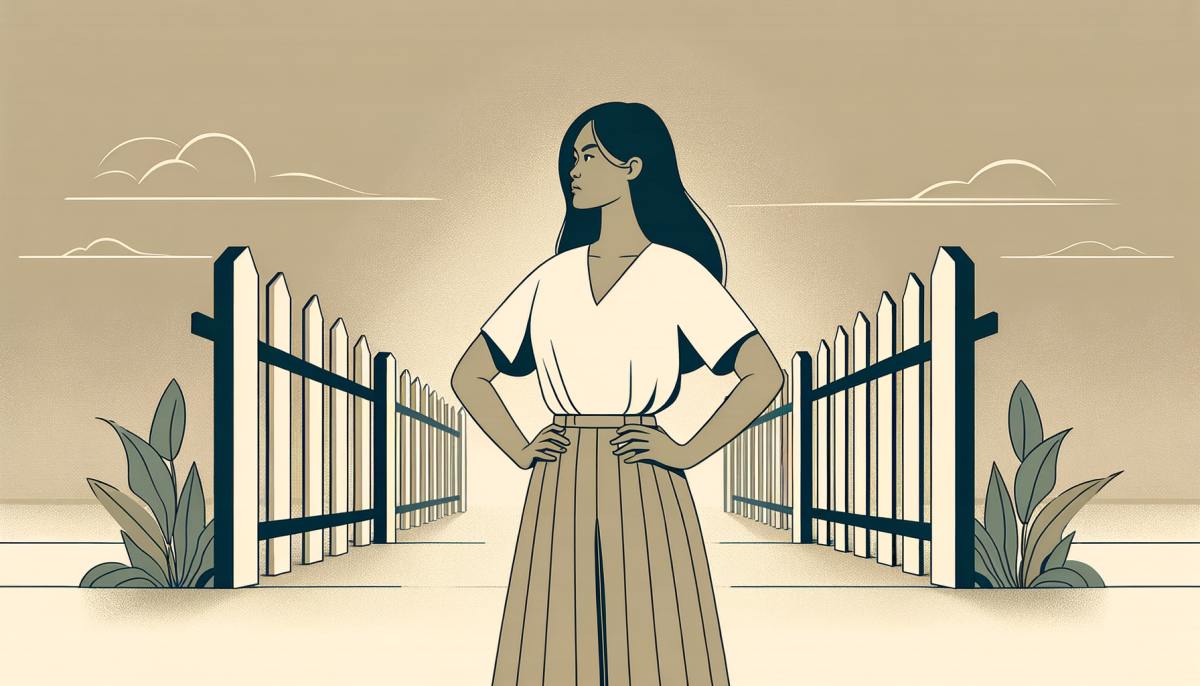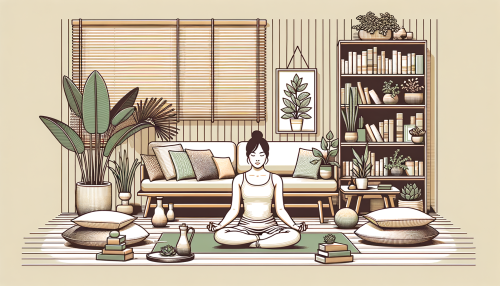Introduction
In the grand tapestry of human interaction, the ability to assertively articulate a negative response, or simply put, to say ‘no’, is a skill that is often overlooked. Yet, it is a vital component of maintaining personal boundaries and fostering healthy relationships. This article delves into the art of saying no, understanding boundaries, mastering rejection, and integrating these practices into our lifestyle.
Understanding Boundaries

Boundaries, in the context of interpersonal relationships, are akin to invisible lines that demarcate personal comfort zones. They are the parameters within which we feel safe, respected, and valued. Boundaries can be physical, emotional, or mental, and they vary from person to person, influenced by factors such as upbringing, culture, and personal experiences.
Understanding one’s boundaries is the first step towards asserting them. It involves introspection and self-awareness. It requires us to identify what makes us feel uncomfortable, disrespected, or violated. This process can be challenging, as it often involves revisiting unpleasant experiences. However, it is a necessary step in the journey towards self-empowerment.
Once we have identified our boundaries, the next step is to communicate them effectively. This is where the art of saying no comes into play. Saying no is not just about refusing a request or declining an invitation. It is about expressing our needs and wants in a way that respects our boundaries and the boundaries of others.
Mastering Rejection
Rejection, in its many forms, is an integral part of life. Whether it’s rejecting a job offer, a romantic proposal, or a social invitation, we all have to face situations where we need to say no. However, many of us struggle with this. We fear the consequences of rejection – the disappointment, the backlash, the potential damage to relationships.
Mastering rejection involves overcoming these fears. It involves understanding that saying no is not a personal attack, but a necessary response to protect our boundaries. It requires us to detach our self-worth from the reactions of others and to understand that we cannot please everyone.
The key to mastering rejection is to approach it with empathy and respect. This means being honest, yet tactful, in our refusal. It means acknowledging the feelings of the other person, while standing firm on our decision. It means understanding that while we have the right to say no, others have the right to feel disappointed.
Lifestyle Integration
Integrating the art of saying no and the practice of setting boundaries into our lifestyle is not a one-time event, but a continuous process. It requires consistent effort and conscious decision-making. It involves not just saying no to others, but also to ourselves – to our self-doubt, to our fear of rejection, to our tendency to overcommit.
Lifestyle integration also involves creating an environment that supports our boundaries. This could mean distancing ourselves from toxic relationships, seeking support from like-minded individuals, or investing in self-care activities that replenish our emotional reserves.
Ultimately, integrating boundaries into our lifestyle is about creating a life that reflects our values, respects our needs, and nurtures our well-being. It is about reclaiming our power to shape our experiences and our relationships.
Conclusion
In conclusion, the art of saying no and setting boundaries is a crucial life skill. It is a testament to our self-respect, a tool for personal empowerment, and a practice that fosters healthy relationships. By understanding our boundaries, mastering rejection, and integrating these practices into our lifestyle, we can create a life that is authentic, fulfilling, and respectful of our personal space and well-being.





